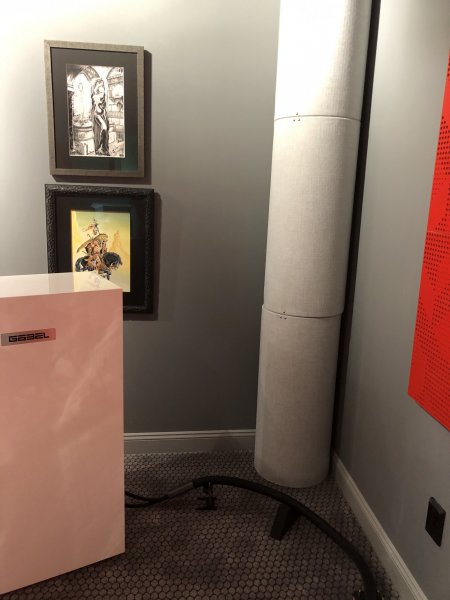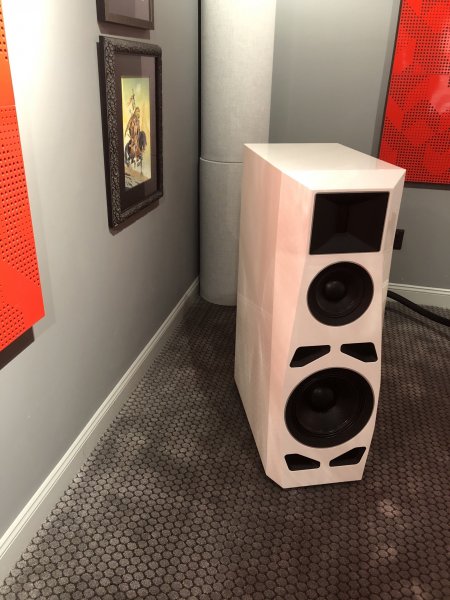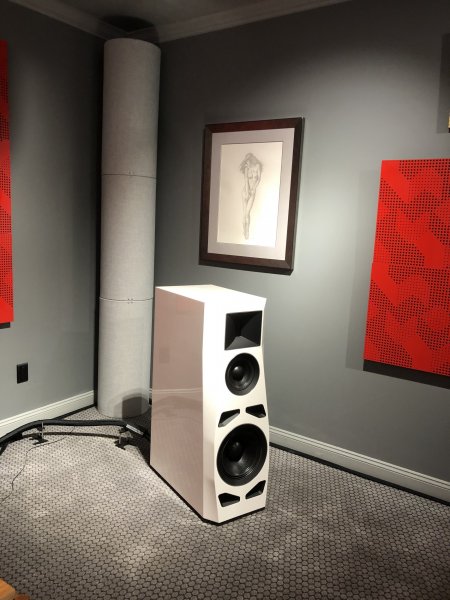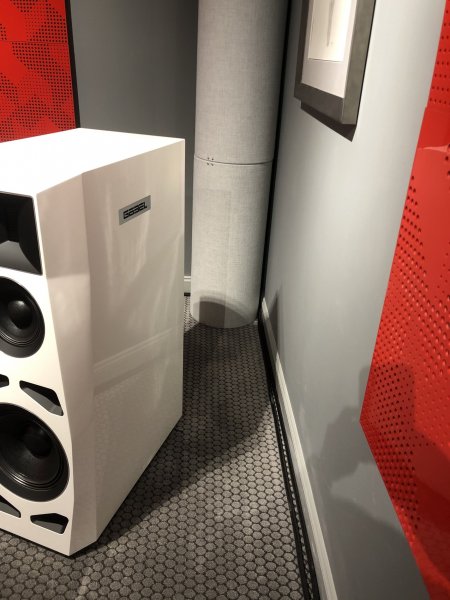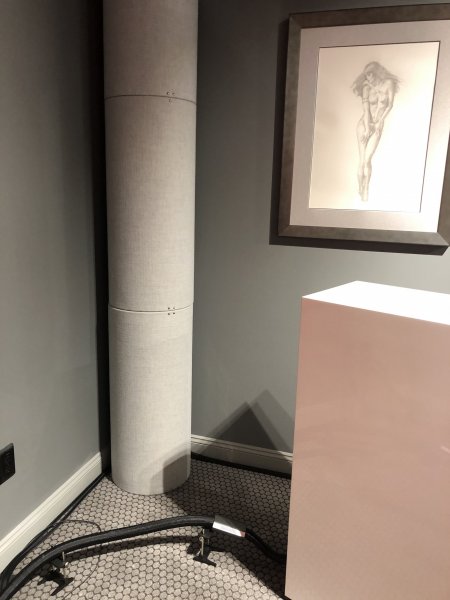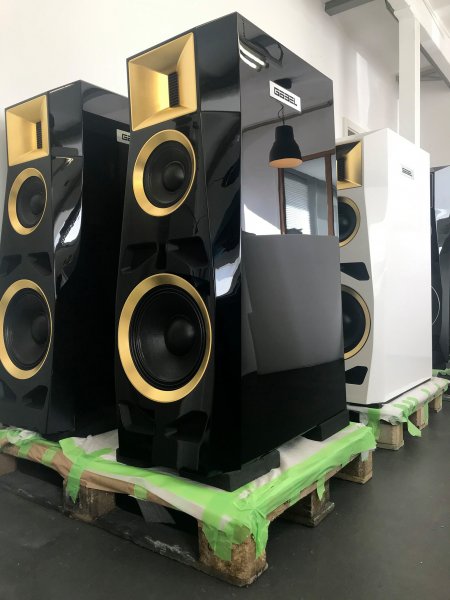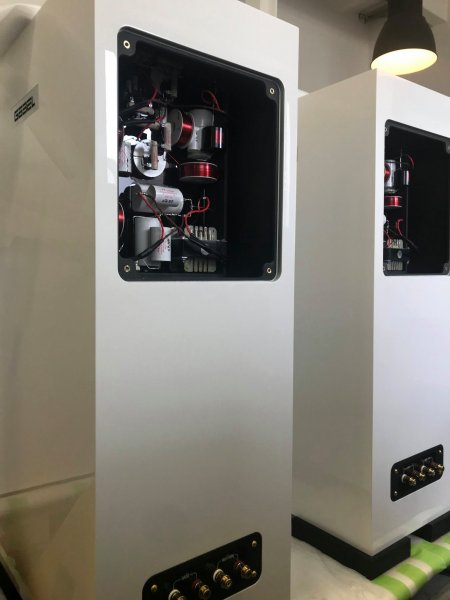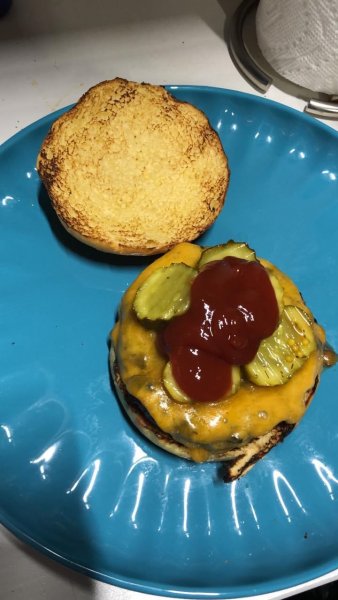Dear all,
I’m very happy to read all the posts and interest about our new Divin Marquis loudspeakers. Many thanks for all your feedback. I also read the post from analyzer. Therefore please let me shortly summarize some points:
You are right, we are using the EVO Aluminium capacitors in the parallel path to the chassis, which is an awesome choice in this path. You maybe also noticed the value of theses big capacitors of around 150 uF.
For the capacitors in the serial path to the chassis we are using the Supreme EVO Oil types within the Divin Marquis, which you also can see on the photo. We of course extensively auditioned a really huge variation of different capacitor types from many suppliers. As you may already know, each capacitor has it’s own sonic signature. Also all other passive parts like inductors, resistors and cables have their own sonic signature. In extremely extensive auditioning sessions we always have to meticulously match and balance these different sonic signatures in order to reach the best possible result. The crossover parts, types and combinations, which we finally use for our crossovers, are for us sonically the best choice.
You maybe also noticed, that on the photo there are no resistors (actually only one) in the crossovers. The reason is, that every loudspeaker is finally measured together with the pre-adjusted/selected crossover and then again fine adjusted to the best possible equal result. So in the completed crossover you will also find supreme resistors attached to the black - on the photo still free - isolation cylinder.
Also you may noticed, that we use multiple epoxy resin treatments especially on the inductors. These treatments are applied in vacuum in house. Hereby the epoxy resins are deeply penetrating the windings and stabilizing them. For this we use different types of epoxy resins with different final shore, in order to perfectly stabilize them and dampen the resonances.
What you also can see on the photo is, that the bass crossover (the left section) and the Mid / High crossover (the right section) is completely separated, in order to secure as less as possible interferences between them. Last but not least each crossover component is hand wired point-to-point in order to avoid parasitic effects of pc-board type constructions.
The final moulded crossover box, which you see on the photo, is then mounted over silent blocks to the loudspeaker enclosure in order to best possible decouple the crossover from the loudspeaker cabinet. Additionally the crossover is located in a separated, completely sealed, enclosure part within the loudspeaker cabinet in order to totally isolate the crossover from air pressure inducted distortions of the chassis.
I hope I could provide you and all the other esteemed forum members a more inside view in our crossover development, design and thinkings.
You will experience all our efforts in an unbelievable natural and emotional sound reproduction which must be heard to believe.
All the best,
Oliver
Hello Oliver,
Thank you very much for posting this detailed insight into your crossover design philosophy and component selection methodology!
I loved the Divin Majestic when I heard it in Munich two years ago!


